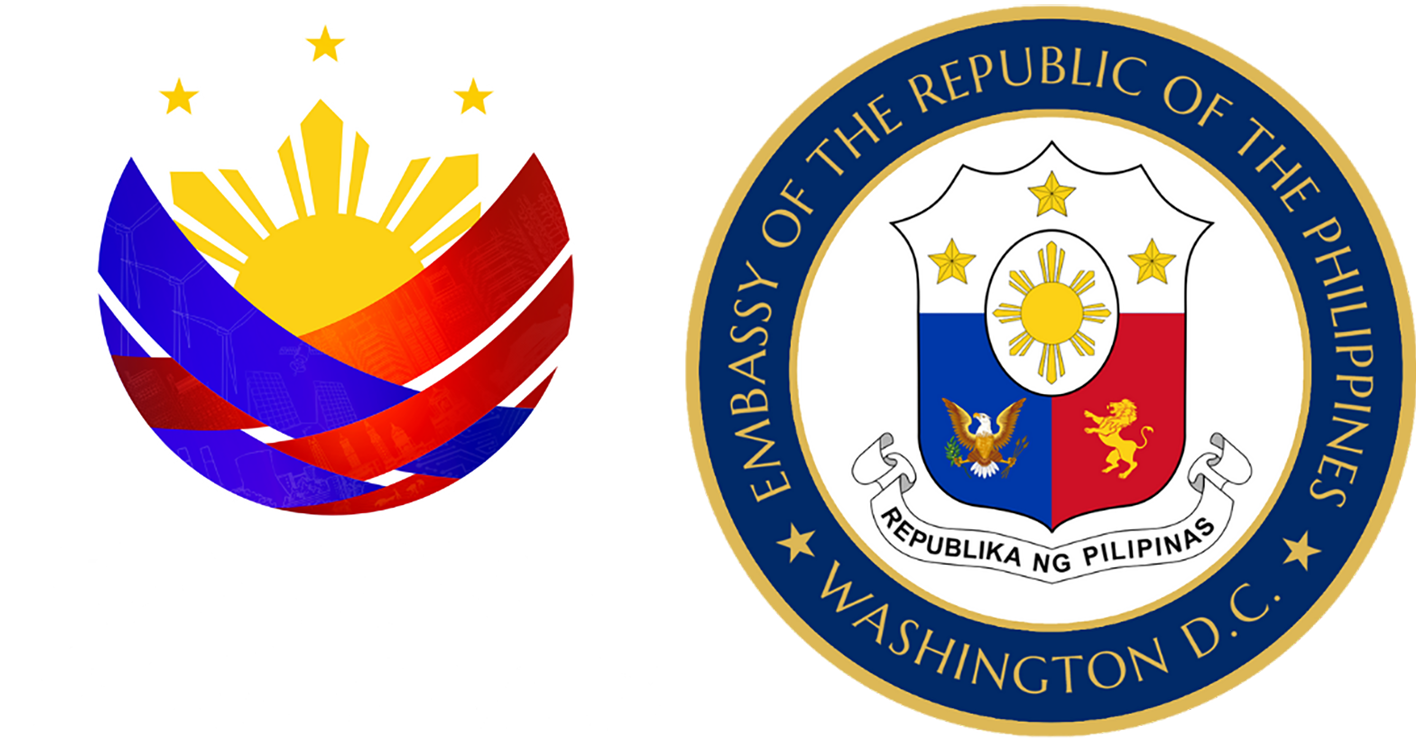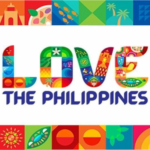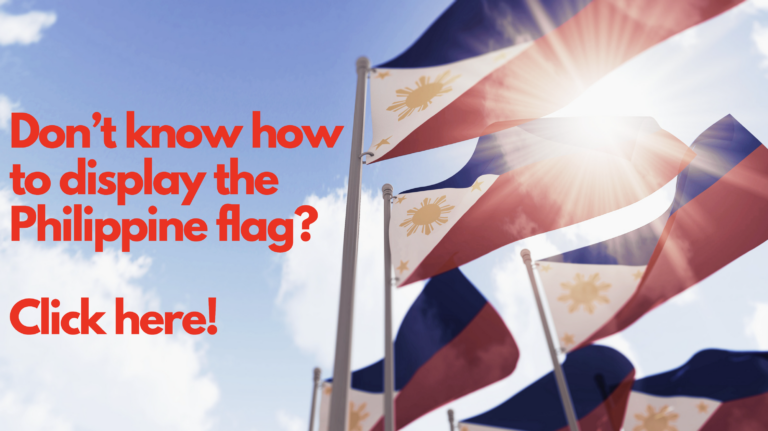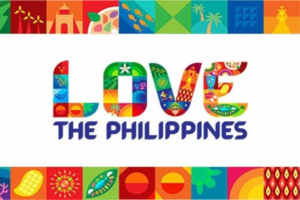The Philippines is a land rich in natural resources, breathtaking landscapes, and the warmest of welcomes. Here, everyone is invited to discover something to love — from captivating coastlines and vibrant native crafts to unforgettable culinary adventures, there is an experience waiting that feels uniquely your own.
Beyond these wonders, the Philippines offers countless opportunities. Whether in tourism, hospitality, manufacturing, or sustainable development, there are endless ways to grow your business and create meaningful connections here.
We invite you to explore our islands and see for yourself why so many have come to Love the Philippines. Visit https://www.lovethephilippines.travel/ for travel ideas!
Philippine National Anthem – Lupang Hinirang Official Versions (With Lyrics and Instrumental)
History and People
The Philippines is the third largest English speaking country in the world. It has a rich history combining Asian, European, and American influences. Prior to Spanish colonization in 1521, the Filipinos had a rich culture and were trading with the Chinese and the Japanese. Spain’s colonization brought about the construction of Intramuros in 1571, a “Walled City” comprised of European buildings and churches, replicated in different parts of the archipelago. In 1898, after 350 years and 300 rebellions, the Filipinos, with leaders like Jose Rizal and Emilio Aguinaldo, succeeded in winning their independence.
In 1898, the Philippines became the first and only colony of the United States. Following the Philippine-American War, the United States brought widespread education to the islands. Filipinos fought alongside Americans during World War II, particularly at the famous battle of Bataan and Corregidor which delayed Japanese advance and saved Australia. They then waged a guerilla war against the Japanese from 1941 to 1945. The Philippines regained its independence in 1946.
Filipinos are a freedom-loving people, having waged two peaceful, bloodless revolutions against what were perceived as corrupt regimes. The Philippines is a vibrant democracy, as evidenced by 12 English national newspapers, 7 national television stations, hundreds of cable TV stations, and 2,000 radio stations.
Filipinos are a fun-loving people. Throughout the islands, there are fiestas celebrated everyday and foreign guests are always welcome to their homes.
Read more at www.beta.tourism.gov.ph
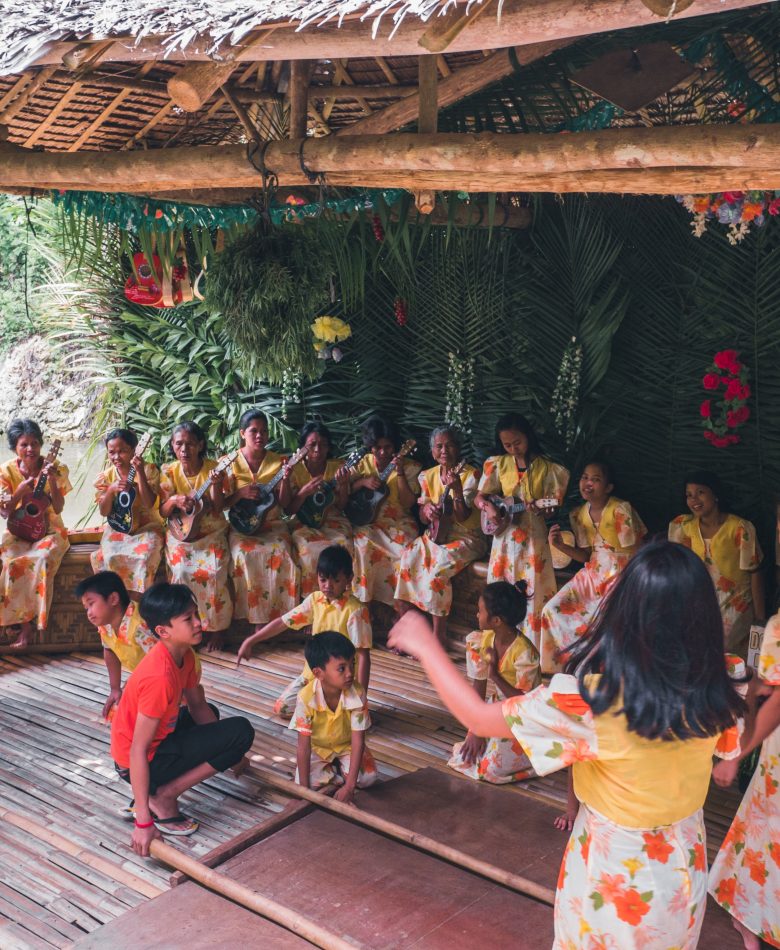

Geography
The Philippines stands at the crossroads of the developed western world and the Orient. It lies in the heart of Southeast Asia, stretching more than 1,840 kilometers. Composed of 7,641 islands, the Philippines is readily accessible to the different capitals of the world. Its three main islands are Luzon, Visayas and Mindanao.
The South China Sea washes its western shores. Taiwan, China and Hong Kong are northern neighbors and further north is Japan. To the west lie Southeast Asian countries such as Singapore, Malaysia and Thailand. An arm of the archipelago reaches out towards Borneo and at its feet stands the chain of Indonesian islands. To the east and south, the waters of the Pacific Ocean sweep its headlands, looking out towards Micronesia and Polynesia.
Its unique location has made the Philippines the commercial, cultural and intellectual hub of Asia from the dawn of history.
Read more at www.beta.tourism.gov.ph
Climate
The first half of the year, from January to May, is the best time to visit the country. November to February is cool, while March to May is hot and dry. June to October is rainy, with the months between July and September characterized by typhoons. Average temperature is 78 degrees F/25 degrees C; average humidity is 77%. Some parts of the country such as Cebu, are warm and comfortable in all seasons and can be visited throughout the year.
For up-to-date weather information, visit the Philippine Atmospheric, Geophysical and Astronomical Services Adminstration (PAGASA) website: www.pagasa.dost.gov.ph or call PAGASA 24-hour hotline (+6-32)4338526.
Read more at www.beta.tourism.gov.ph
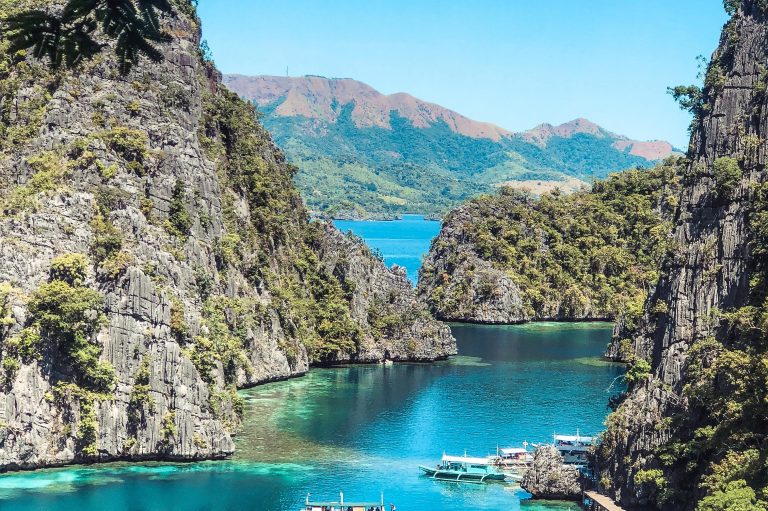
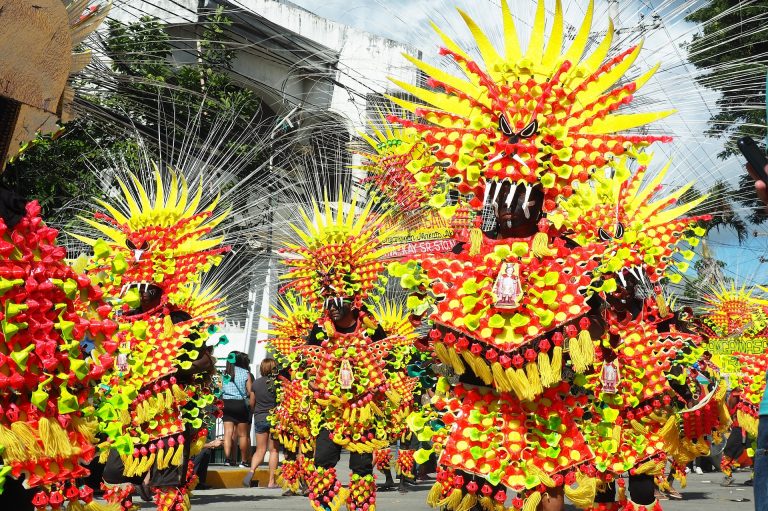
Arts and Culture
The major cultural agencies of government are the Cultural Center of the Philippines, the National Historical Commission of the Philippines, the National Museum, the National Library, the Records Management and Archives Office, and the Commission on the Filipino Language. The Heads of these cultural agencies are all ex-officio members of the NCCA Board an all except the Commission on the Filipino Language are together under the National Commission on Culture and the Arts.
Read more at www.beta.tourism.gov.ph
